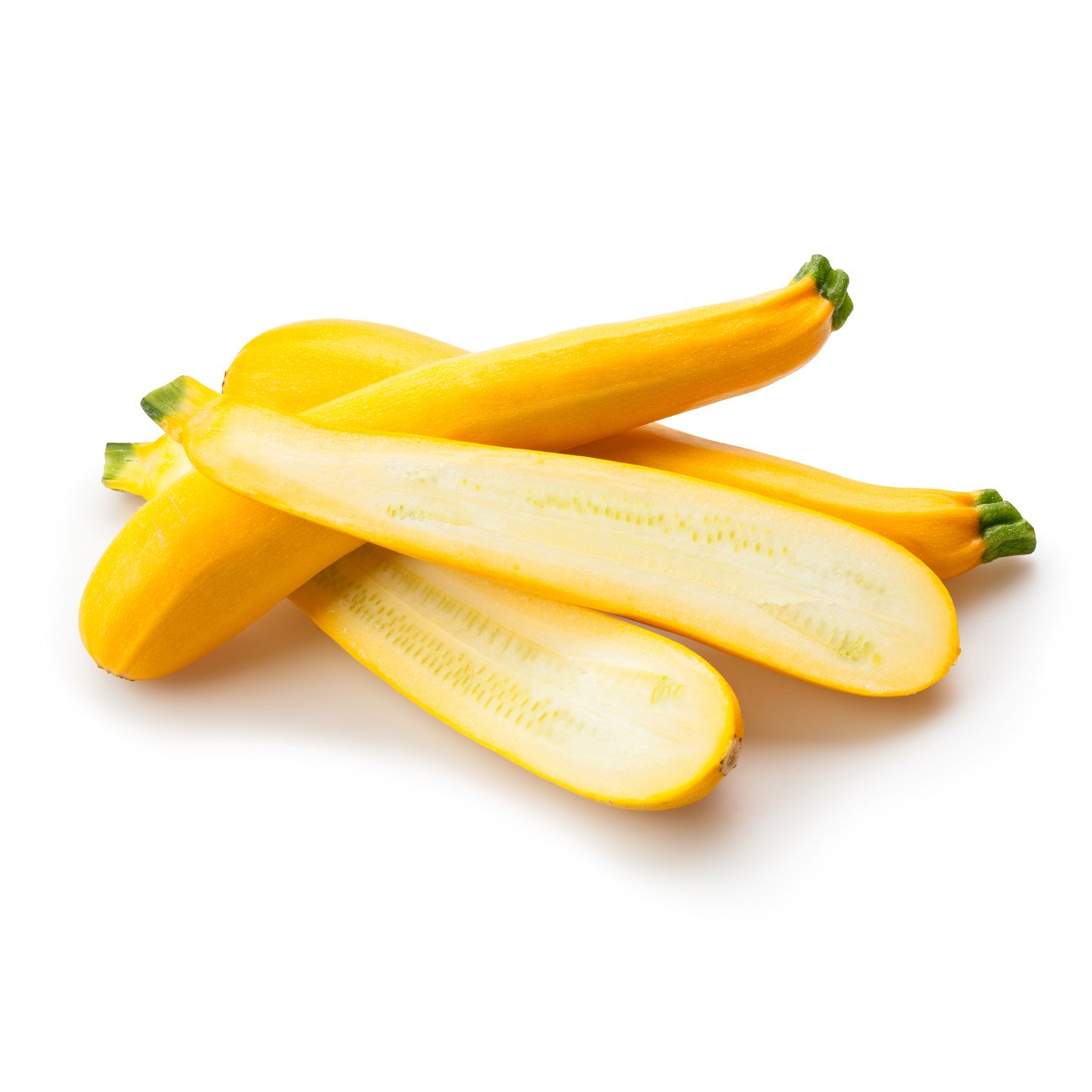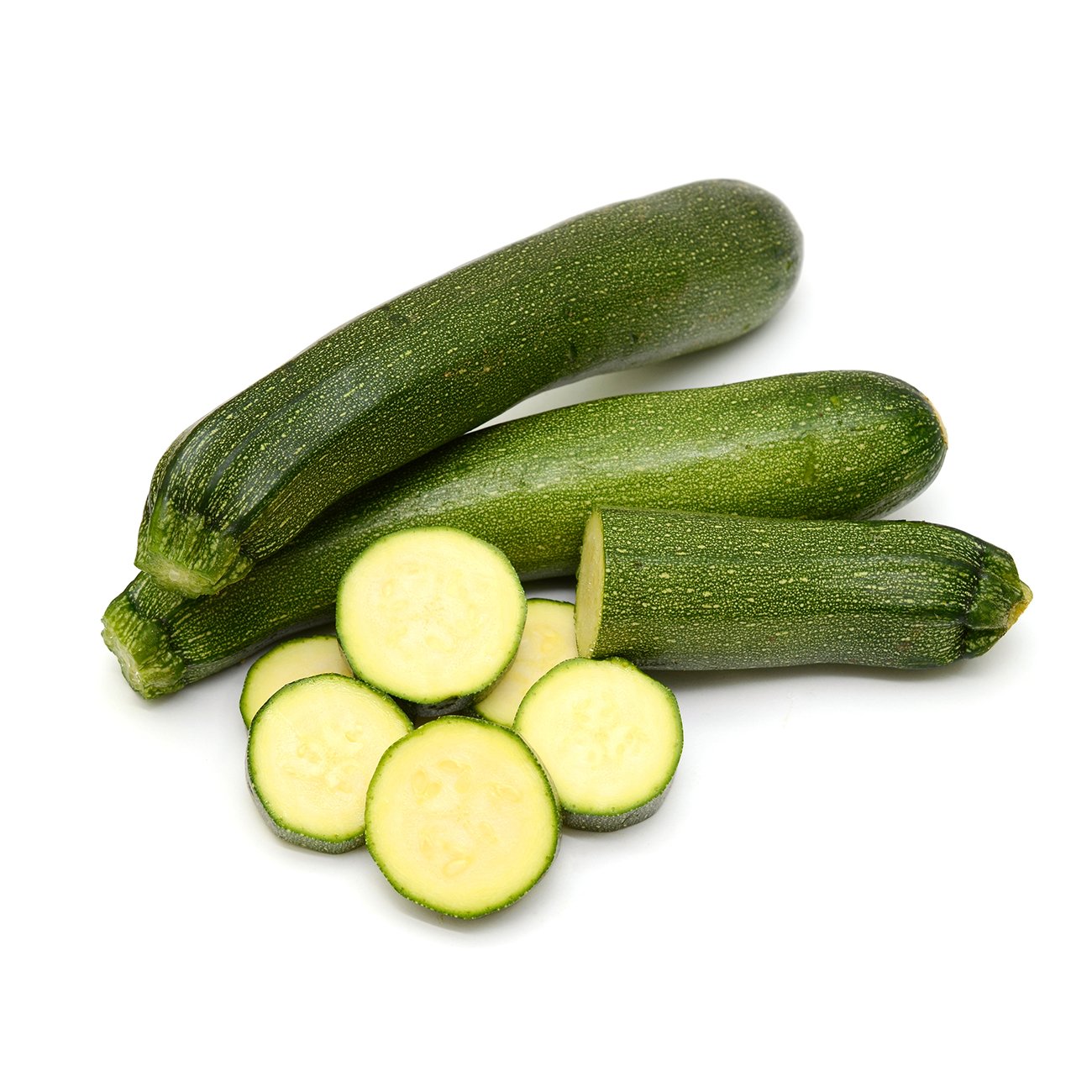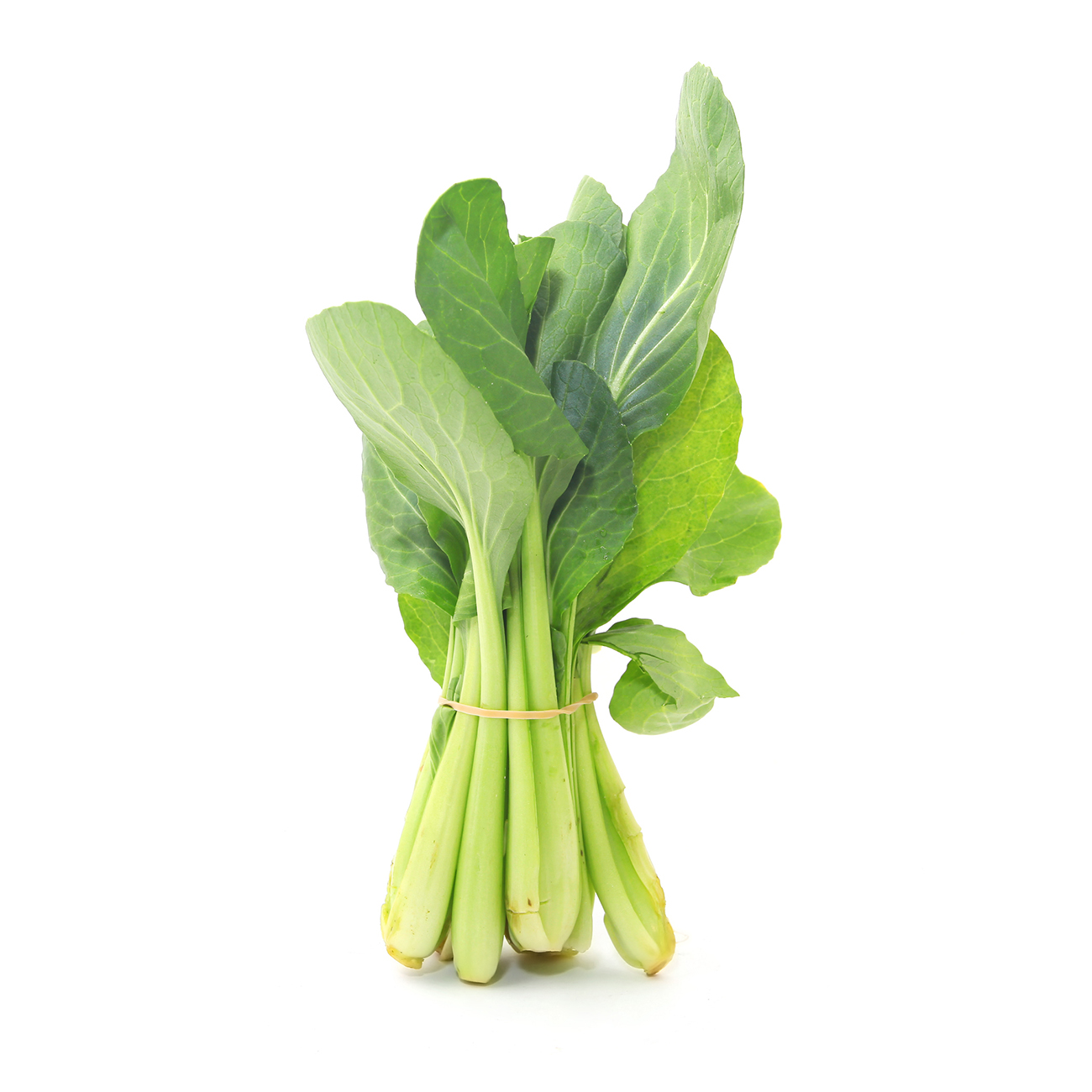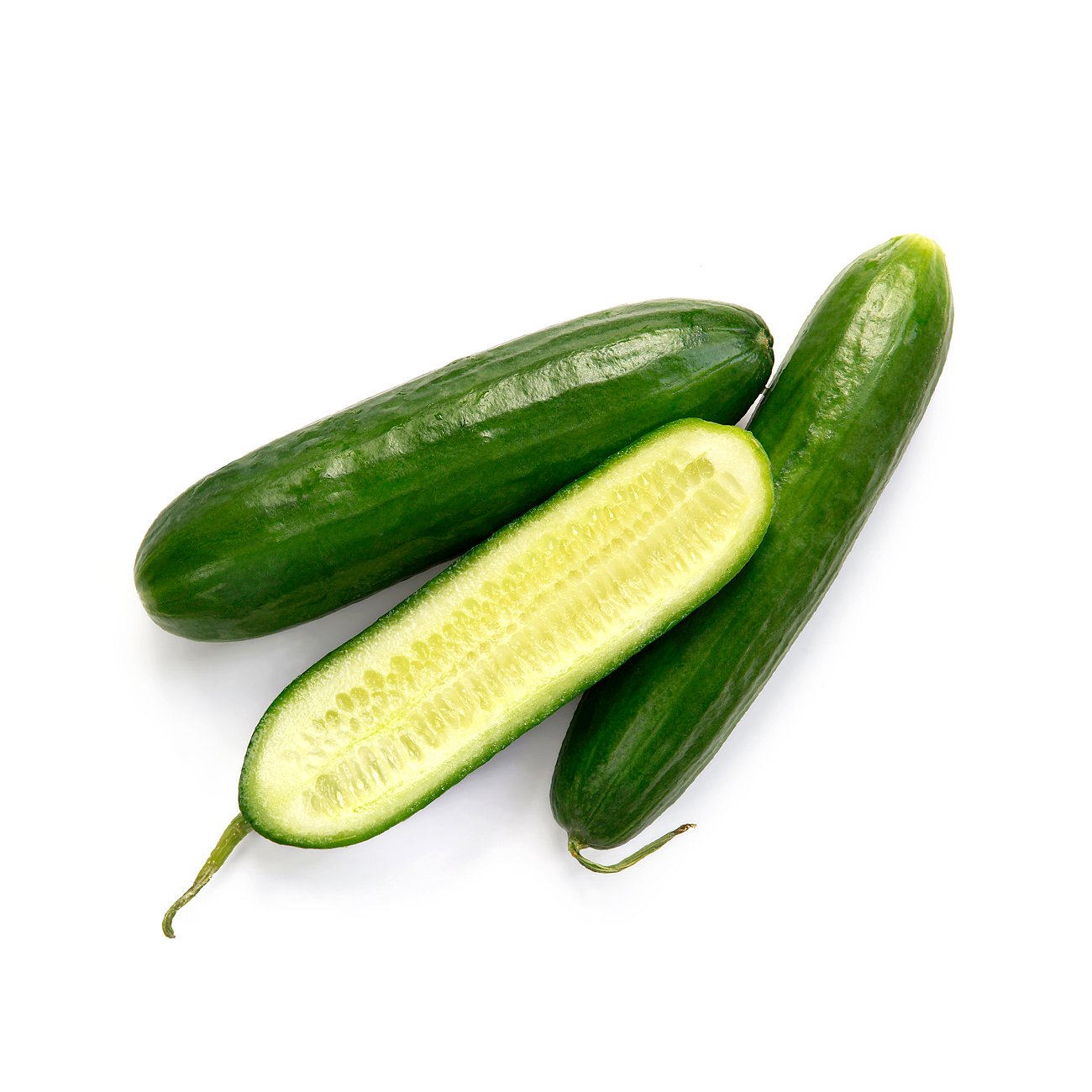Bitter melon
This sharp, sour melon is most commonly used in Asian cooking.
Alternative Name
Asian gourd, balsam pear, bitter cucumber, bitter gourd, bitter squash, karela, wild cucumber
Scientific Name
Momordica charantia
Health benefits
Bitter melons are widely used in Eastern medicine and popular in Asian cuisines. All parts of the plant, including the fruit, have a bitter taste—hence its name—but salting or blanching can reduce this. The fruit is oblong and resembles a small, knobbly cucumber. It can be used like zucchini or capsicum. The young shoots and leaves of the bitter melon may also be eaten as greens.
-
Harvesting
Bitter gourd fruits should be harvested at an immature stage: near full size, but before the skin starts to change colour. Over-maturity is identified by yellow or orange skin. Harvest with sharp shears during the cooler hours of the day and when there is no rain. Avoid exposing to direct sunlight, which will cause the fruit to droop.Postharvest storage temperature
Optimum storage is 10–12°C for a 2–3 week market life. Without refrigeration at ambient temperature will result in noticeable shrivelling, softening, and decay after 3–4 days. Storage below 7°C should be avoided, as this will result in chilling injury.Controlled atmosphere storage
Reported to benefit from controlled atmosphere storage O2 (2–3%) and CO2 (5%).Ethylene sensitivity
Not compatible with crops that produce ethylene (especially when they are ripe or ripening).Humidity storage
Although bitter melons have a waxy skin, they are susceptible to water loss. They will soften and lose crisp texture within several days at a low relative humidity. Optimal relative humidity is 85–95%.Disease & infection
Likelihood of disease can be reduced by using good pre-harvest disease control practices, careful harvesting and handling to minimise injury, cleaning of the fruit in sanitised water, and holding at 10°C. -
Trim before use. Keep in vegetable drawer of fridge.
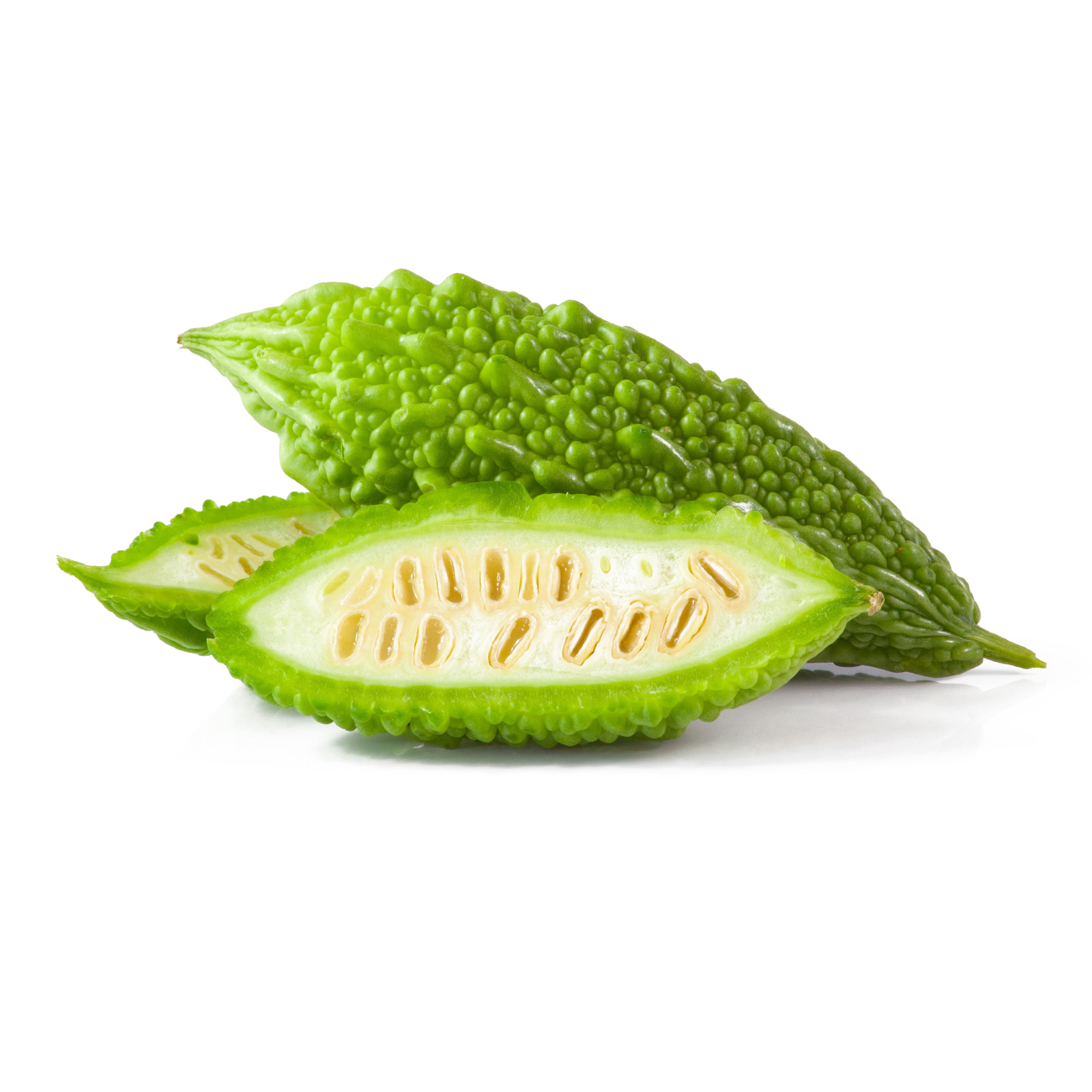
You might also like
Veggy tip
You can reduce the bitterness of bitter melon by blanching in boiling water for a couple of minutes, then draining and squeezing out excess water.
